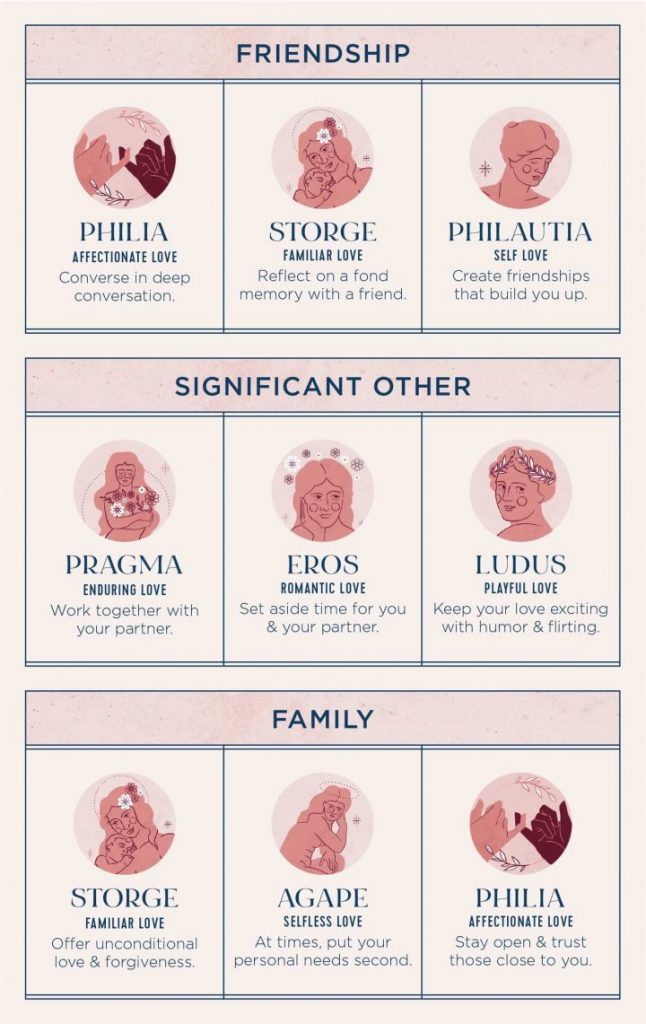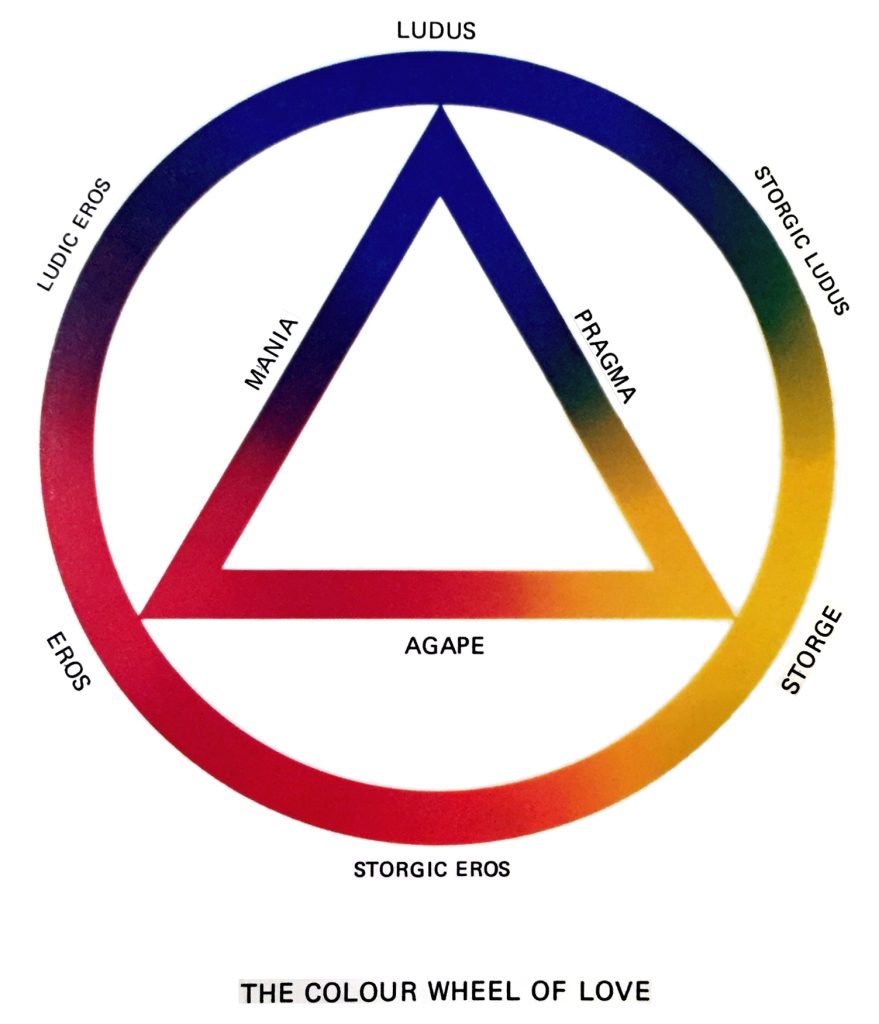Did you celebrate Galentine’s Day this year? February 13th has been set aside for celebrating your gal pals. Friendship is an incredibly important part of a healthy support group, and it so often gets overlooked in the media.
Similarly, family relationships (blood or otherwise) are necessary for having a healthy mental support structure. Fiction tends to minimize these relationships unless they fall into specific tropes: controlling or absent parents, in-laws causing friction, siblings held up as an example (positive or negative), eccentric aunts and uncles, siblings in competition for resources.
One of the most popular films that breaks this custom is Disney’s Frozen. The relationship between sisters is stronger than that with any potential romantic interests. Ultimately (spoilet alert), the power of True Love’s Kiss comes from a sister rather than a convenient prince.
By itself, “love” is another of those weasel words—like rose, dog, snow, beautiful—words that can mean so many different things that it communicates very little. This is clear in the dictionary definition of love.
- noun
- noun: love
- plural noun: loves
- An intense feeling of deep affection.
- “Babies fill parents with feelings of love.”
- verb
- verb: love
- 3rd person present: loves
- past tense: loved
- past participle: loved
- gerund or present participle: loving
- Feel deep affection for (someone).
- “He loved his sister dearly”
So, in English at least, the meaning of the word must be established by modifying words or phrases, or inferred from context.
Types of Love
Not so for the Greeks. Some of these are more familiar than others, for example, Eros. Particularly at this time of year, the “love” that is celebrated with flowers, cards, and gifts is almost exclusively Eros.

- Eros — Romantic Love—illustrates sexual attraction, physical desire, and a lack of control. It is powerful, passionate, and can fade quickly. Relationships built solely on Eros love tend to be short-lived.

- Ludus — Playful Love—is defined by flirtatiousness, seduction, and sex without commitment. The focal point of this love is on the experience rather than attraction or feelings. Ludus is evident in the beginning of a relationship and includes elements of play, teasing, and excitement.

- Pragma — Enduring Love—is evident in couples who have been together for a long time. This type of love continues to develop throughout the years and portrays synchronization and balance. This type of love can only survive with constant maintenance and nurturance.

- Storge —Love of the Child—describes the unconditional love that (ideally) parents have for their children. It is defined by unconditional approval, acceptance, and sacrifice. It helps a child to develop through attachment, encouragement, and security.

- When it is between friends, this type of love is sometimes referred to as phyllia.
- Aristotle defined phyllia in Rhetoric as “wanting for someone what one thinks good, for his sake and not for one’s own, and being inclined, so far as one can, to do such things for him.”(1380b36–1381a2)

- Agape — Selfless Love—Agape love is representative of universal love. Greek philosophers felt that this is the type of love that people feel for other humans, for nature, and for a higher power. This love can be most easily expressed through meditation, nature, intuition, and spirituality. Agape love can be used interchangeably for charity and care for others.
- Philautia — Self Love—is linked with confidence and self-worth and is necessary for a sense of purpose and fitting in. Philautia can be unhealthy and linked to narcissistic behaviors and arrogance, or can be healthy in the sense that we love ourselves before we learn how to love others. Greek philosophers believed that true happiness could only be achieved when one had unconditional love for themselves.

- Mania — Obsessive Love—Stalking behaviors, co-dependency, extreme jealousy, and violence are all symptoms of Mania. Clearly, this is the most dangerous type of love.
Triangular Theory of Love
What is the Triangular Theory of Love? As with so much of human behavior and emotion, psychologists have studied love.
Renowned psychologist Robert J Sternberg, at Yale University,first put forward his Triangular Theory of Love in 1985.
The three main components that Sternberg says lie at the heart of most human relationships are passion, commitment, and intimacy. These are the three simplest forms of love – passion alone brings infatuation, intimacy alone equals liking, and commitment alone means empty love. Depending on how these three combine, they form the seven types of the thing we call love.

The triangular part of the theory comes from the fact that you can combine any two of these components to form more complex types of love – each combination forming a different side of a triangle. Combining passion and intimacy for instance, makes romantic love. Intimacy plus commitment yields companionate love, while fatuous love comes when commitment meets passion.

And then there’s consummate love, which is the combination of all three components. It’s often seen as the ideal form of love, for by mixing the fire of passion, the comfort of intimacy, and the security of commitment, you can form a healthy, happy, lasting romantic relationship. It’s important to note that this triangle doesn’t have to be an equilateral shape (indeed, the three components are rarely present in equal measures.)

Even consulate love may not last forever – one of the caveats of the Triangular Theory of Love is that relationships can move from one point to another over time – but it is something that can be worked towards, or that you can work to recover. And it’s worth working for – consummate love is a special type of bliss; the kind of connection that sees people continue to adore each other long into a partnership.
Bottom line: Love is not a unitary emotion. The first association with the word “love” by itself likely to be Eros. But consider the strength of other forms of love.






